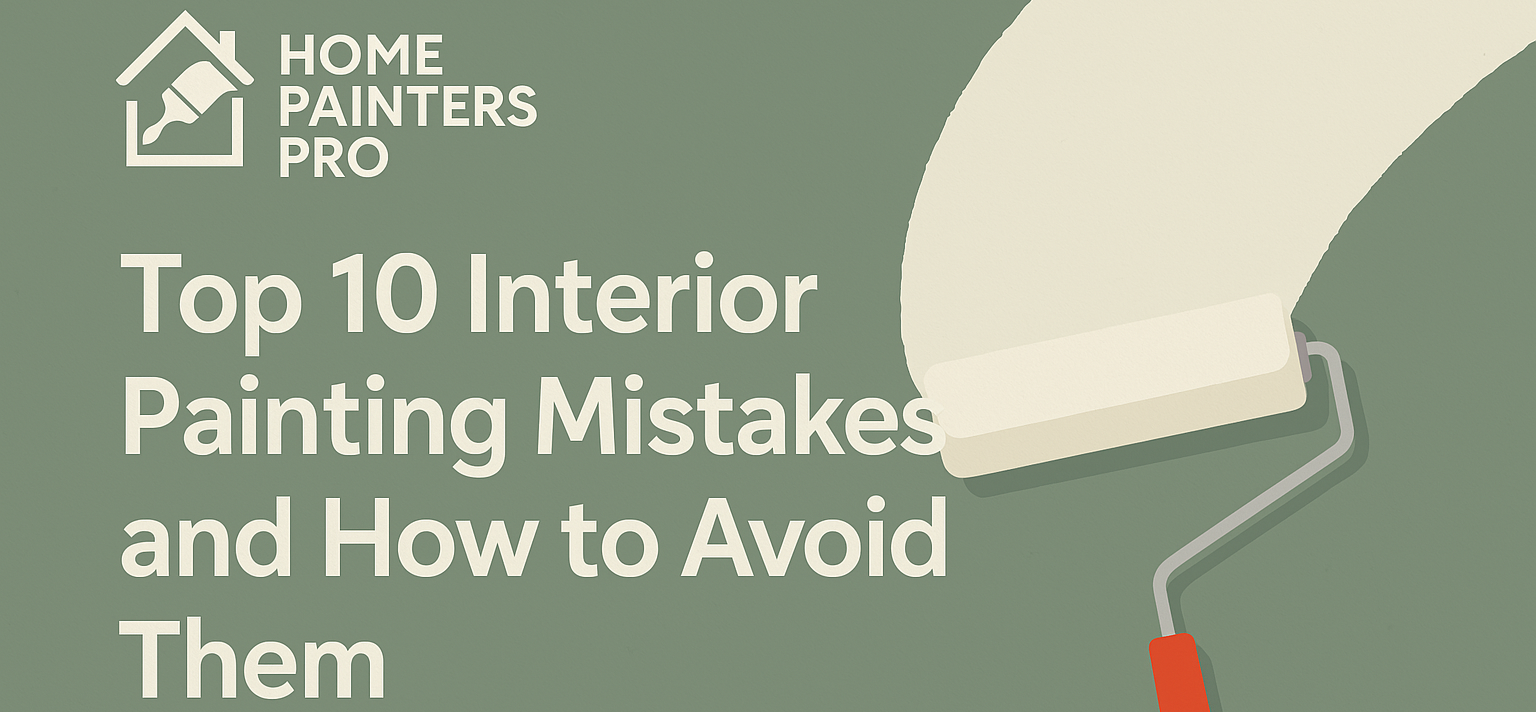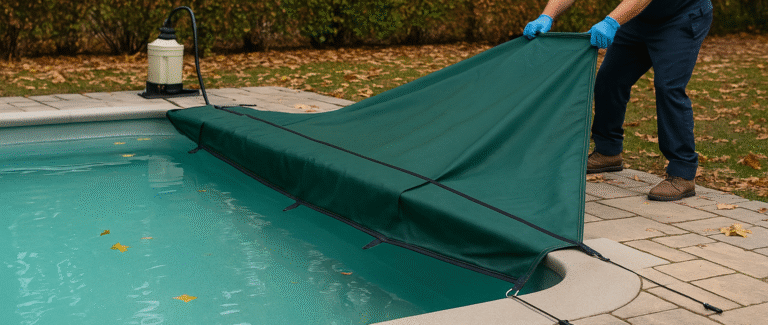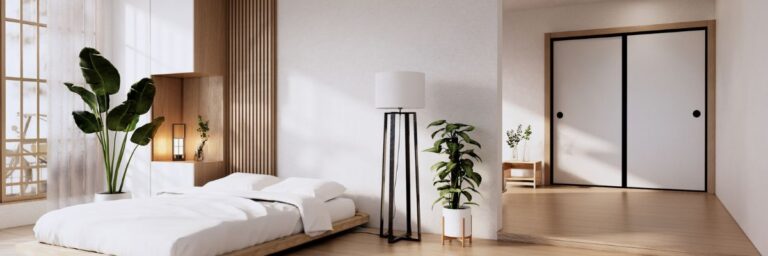Interior painting can breathe new life into your condo, transforming dull or dated spaces into vibrant, stylish environments. But as simple as painting might seem, it’s easy to make costly mistakes that affect the final finish and long-term durability. Whether you’re a DIY enthusiast or hiring professionals, knowing what to avoid can save you time, money, and frustration.
At Home Painters Pro, we’ve seen every type of paint mishap imaginable—and more importantly, we know how to prevent them. Here are the top 10 interior painting mistakes and how to get the job done right the first time.
1. Skipping Proper Surface Preparation
Paint adheres best to clean, smooth surfaces. Skipping prep work—like washing walls, patching holes, and sanding rough spots—can lead to uneven finishes, peeling, and visible imperfections. A quick dust or wipe-down won’t cut it. Invest the time to prep thoroughly, or hire a professional crew that won’t skip this essential step.
2. Using Low-Quality Paint or Tools
Bargain bin brushes, cheap rollers, and discount paint may seem like a money-saver upfront, but they usually result in poor coverage, streaks, or shedding bristles that get stuck in your walls. High-quality products ensure smoother application, fewer coats, and a longer-lasting finish. For trusted product advice, visit: https://www.homepainterspro.ca.
3. Ignoring Primer
Primer isn’t just for major wall repairs or bold color changes—it’s an essential foundation that improves paint adhesion and coverage. Skipping primer often results in uneven tones and paint that chips or flakes. Especially on drywall, wood, or over glossy surfaces, a good primer makes all the difference.
4. Choosing the Wrong Finish
Each finish has a purpose. High-gloss paint is easy to clean but highlights imperfections, while flat paint hides flaws but is less durable. For most interior spaces, eggshell or satin strikes the right balance. Choosing the wrong finish can affect both appearance and maintenance over time.
5. Painting Over Wet or Dirty Walls
Moisture, grease, or dirt trapped beneath the paint layer can cause blistering or peeling. Kitchens and bathrooms are especially prone to these issues. Always clean thoroughly and allow surfaces to dry completely before applying paint. It might seem tedious, but it’s a small step that protects your entire project.
6. Not Taping or Improper Taping
Clean edges make a room look professionally finished, but many DIYers skip painter’s tape or remove it too late—leading to ripped paint or messy borders. Use high-quality painter’s tape and remove it at a 45-degree angle while the paint is still slightly tacky for best results.
7. Overloading the Brush or Roller
Dipping your brush too deep or saturating your roller leads to drips, thick patches, and wasted paint. Instead, apply thin coats and allow proper drying between layers. Two well-done coats beat one rushed one every time. Learn more about professional techniques on the Home Painters Pro blog.
8. Painting in the Wrong Conditions
Temperature and humidity matter. Painting in a cold room can prevent proper curing, while high humidity can cause bubbling. Ideal conditions are between 10°C and 30°C with moderate humidity. Make sure you have good ventilation and avoid painting during rainy weather if possible.
9. Rushing the Job
Interior painting isn’t something to rush. Failing to let coats dry, painting too quickly, or skipping the planning process often leads to sloppy results. Take your time to prep, apply, and finish the job. If time is tight, professional painters like those at Check out Home Painters Pro for toronto home painters that provide services that can help keep your project on schedule without compromising quality.
10. Misjudging Color in Different Lighting
A color that looks perfect in the store or under artificial lighting can appear completely different at a condo. Natural light, artificial light, and the room’s existing decor all influence how paint looks. Always test your colors on a small section of the wall before committing. Let it dry and observe it throughout the day before deciding.
Final Thoughts: Set Yourself Up for a Flawless Finish
Interior painting should be an exciting upgrade, not a frustrating ordeal. Avoiding these common mistakes can mean the difference between a job that looks amateur and one that looks designer-done. If you’re unsure where to start or want professional support, reach out to our expert team now.
Find out more about expert painting services at Home Painters Pro and get inspired for your next condo project. Whether it’s one room or a whole-house refresh, we’re here to help you paint with confidence.




